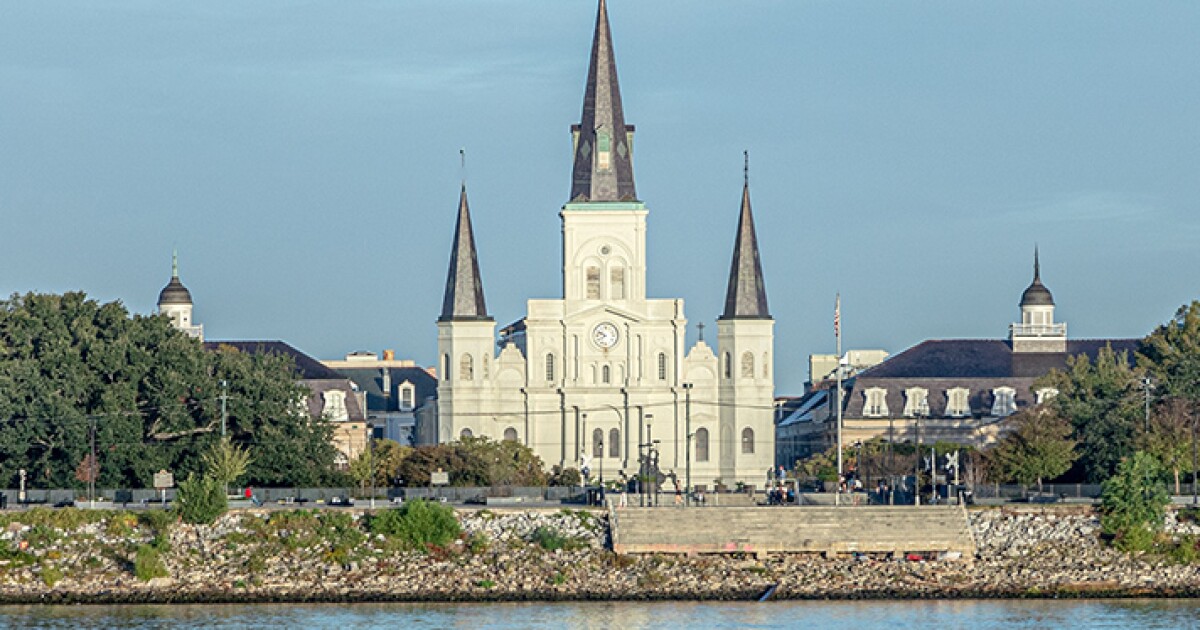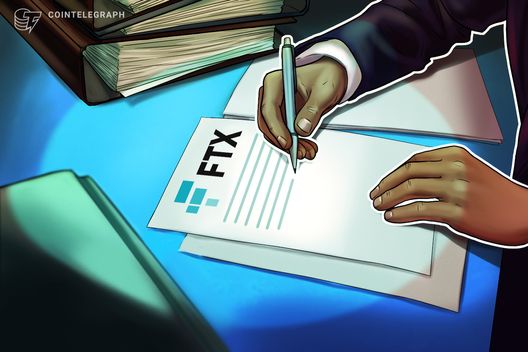Pennsylvania’s budget grants governor’s economic development wishlist
4 min read

Pennsylvania became the final state in the country to pass its 2024-2025 budget last week, as the commonwealth’s divided legislature wrapped up its $47.6 billion spending plan two weeks past its July 1 deadline, with several new initiatives.
The budget spends big on economic development and education, but provides only one-time funding for transit. And despite a $740 million deposit into the rainy-day fund, it spends around $3 billion of the commonwealth’s budget surplus.
The budget, $2.2 billion more than last year’s, left $10.6 billion of Pennsylvania’s record surplus in the general fund.
Bloomberg News
Roughly 6% of the budget’s expenditures are funded using the surplus, and many of the new expenditures will recur, meaning the commonwealth will either need to raise taxes or cut programs to avoid draining its reserves in future years.
One big source of new spending: the legislature agreed to fund much of Democratic Gov. Josh Shapiro’s
The state’s Department of Community and Economic Development will issue the bonds, and, through the new PA SITES program, use proceeds to provide grants or loans for developing sites to entice businesses to move to the state.
“It’s great news for economic development,” said Don Smith, president of the Regional Industrial Development Corp., a private nonprofit focused on economic development in western Pennsylvania.
A study from RIDC and economic advocacy group Pittsburgh Works Together found that money spent on site development could reap up to
Shapiro’s proposal said the DCED will prioritize industries including agriculture and manufacturing in awarding the grants. RIDC will compete for some of the grants, Smith said.
According to the fiscal code, at least 15% of the $500 million will be distributed as loans. Additionally, $100 million of the bond proceeds will be distributed by the Commonwealth Financing Authority. Those funds will be split between multimodal transportation projects and small water and sewer projects.
The budget provides for $15.4 million of debt service costs for the PA SITES bonds this fiscal year.
The budget contained what Smith described as a “triple whammy” of business-friendly provisions: site development funding, lowered corporate tax rates, and permitting reform.
This is the second year in a row that Pennsylvania lowered its corporate taxes; the rate now sits at 7.99%. The budget also created a process for air, water and land disturbance permits, where applicants can pay for an expedited review.
The budget also included $20 million of Shapiro’s requested $25 million for the Main Street Matters program, which funds municipalities’ downtown and main street projects. The legislature did not include Shapiro’s proposed $3.5 million Regional Economic Competitiveness Challenge or his $20 million PA Innovation fund.
Education was the biggest item in the budget, as always. However, this was the first budget after the state Supreme Court declared Pennsylvania’s education funding system
The budget
Higher education, despite its
In his budget address, Shapiro proposed a merger between the Pennsylvania State System of Higher Education and the community college system, plus a 15% funding boost and a new funding formula based on school performance.
He did not get these requests, nor did most schools see an increase in their state funding
However, the budget did create a State Board of Higher Education that will look into a system for performance-based funding. It also allocated $25 million toward new scholarships for students in approved programs who plan to live in Pennsylvania for a year after graduation.
Transit funding was much lower than expected.
Transit agencies in Pennsylvania, like those across the country, are facing a
Shapiro had proposed a change to the state’s sales tax proceeds which would have directed $283 million annually toward transit agencies. Instead, the budget contained a one-time payment of $80.5 million.
For the Southeastern Pennsylvania Transit Authority, that means a budget shortfall of $240 million per year, according to Andrew Busch, director of media relations for SEPTA.
SEPTA spent the last of its federal funds in April and its ridership is at 72% of pre-pandemic levels. The agency had been counting on $161 million from the legislature for its fiscal 2025 budget. Instead, it received around $50 million.
Shapiro and Democratic lawmakers said they will create a permanent source of funding when the legislature reconvenes in September. It’s unclear whether that funding will be from the same sales tax adjustment or a new source of revenue.
The $50 million that SEPTA received is just enough to tide the agency over until September, Busch said. If the legislature does not produce more funding, SEPTA will begin draining its transit stabilization fund.
In the worst-case scenario, the agency would cut service by around 20% and raise fares by around 30%, Busch said.







